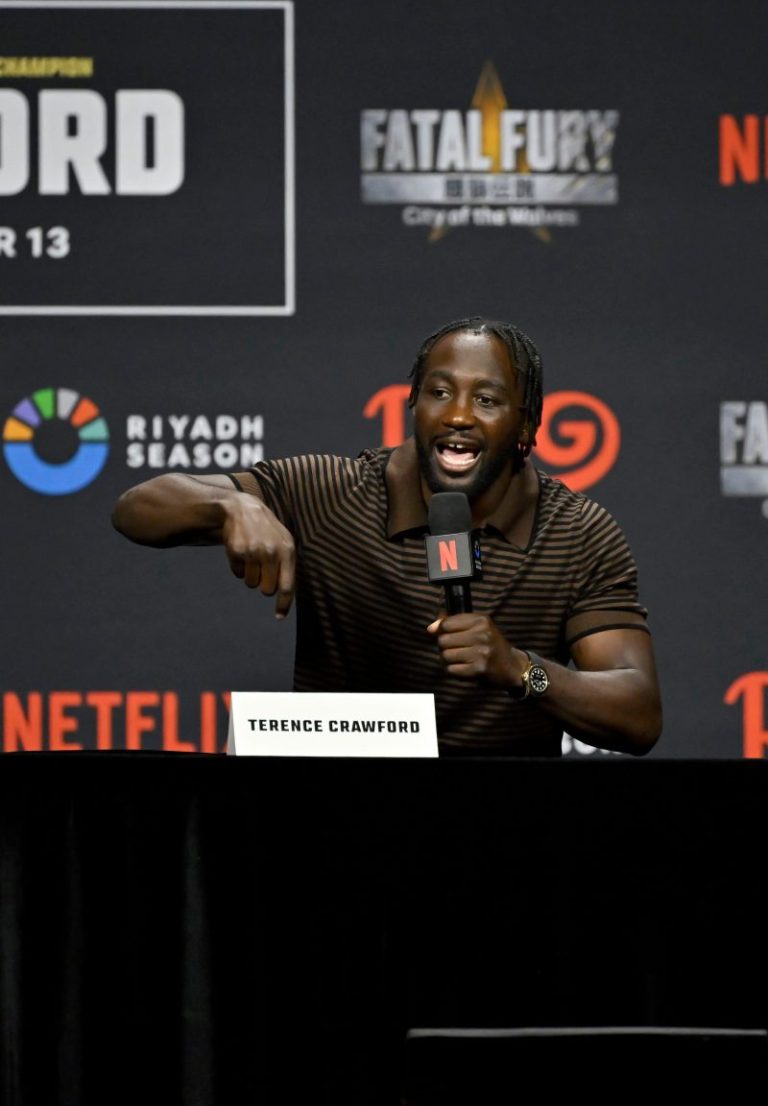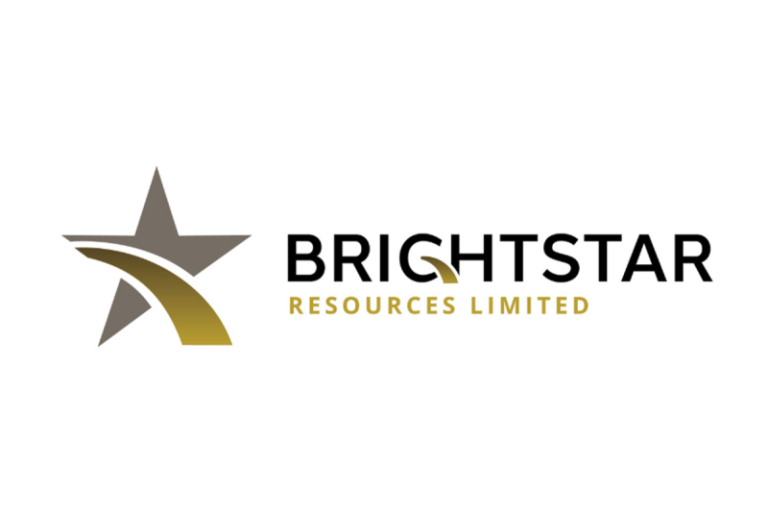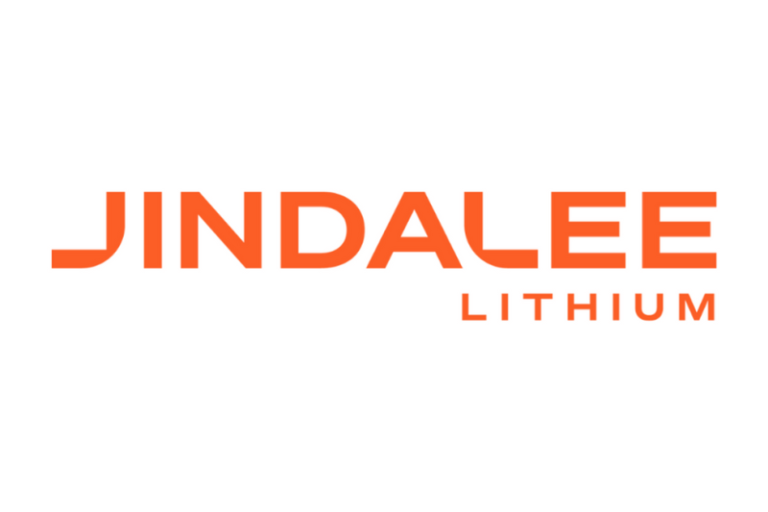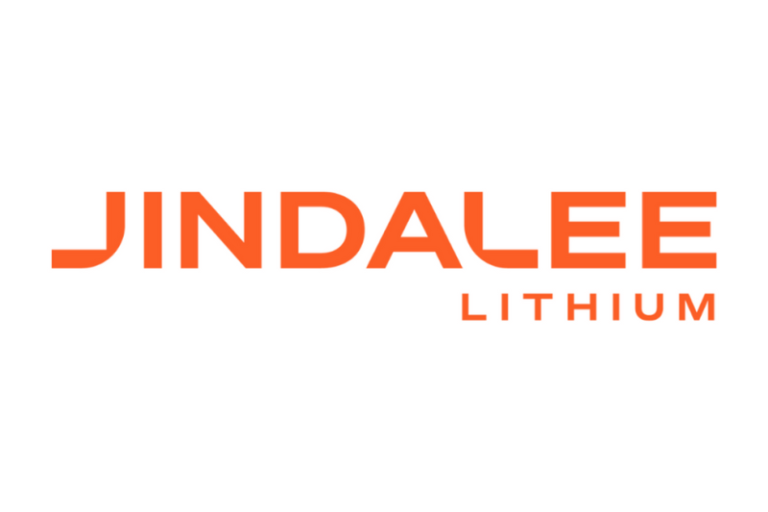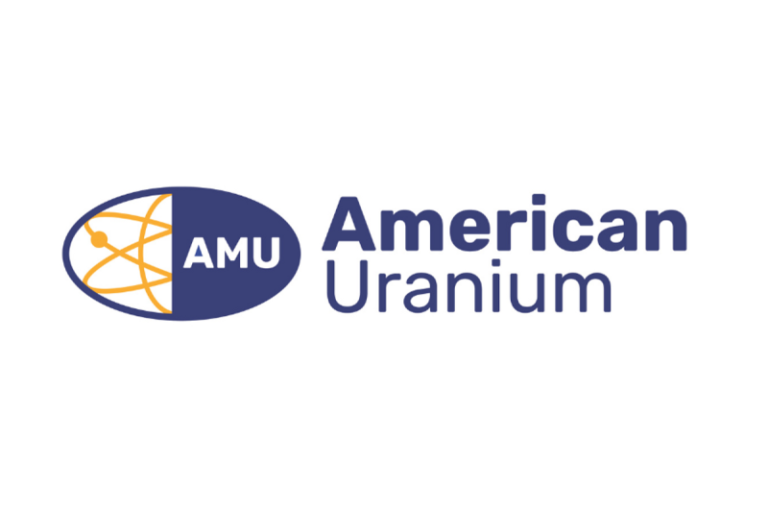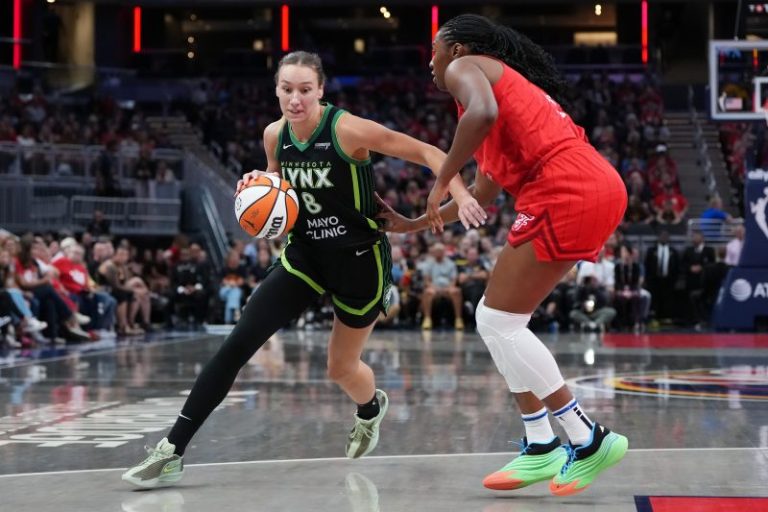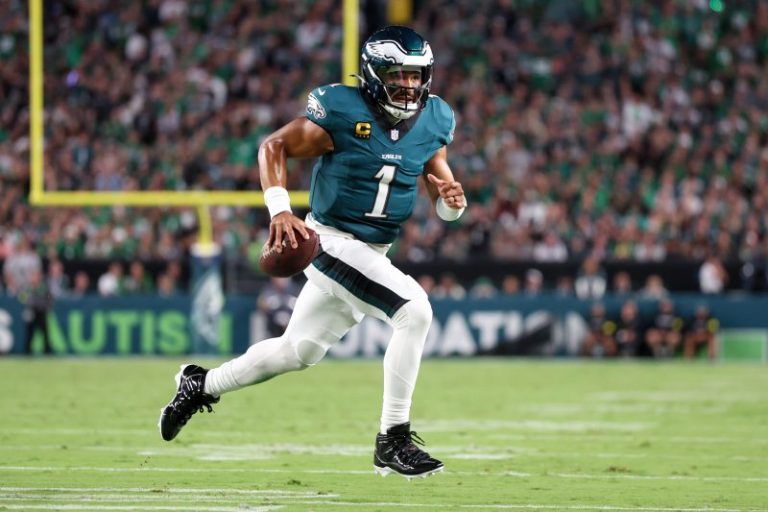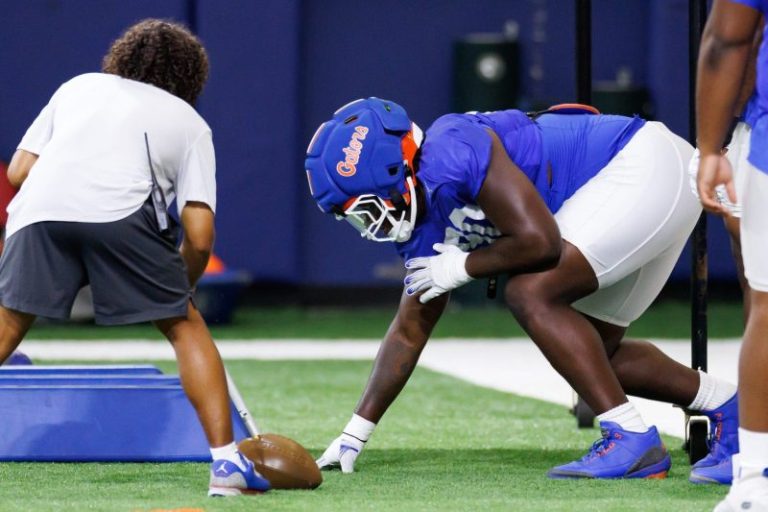- Billy Napier’s remarks after Florida’s loss to South Florida read like that of a coach waiting on a buyout check.
- Napier fought off hot seat last season, but Florida’s upcoming schedule is tailormade for a firing.
- Redirect hype from Clemson to Oklahoma. Only Sooners deserve it.
Florida fans chanted for Billy Napier’s firing as they exited The Swamp after a loss to South Florida. By the time they reached the car park, those sober enough to generate coherent thought probably were brainstorming names of dream candidates to replace Napier.
Can Oklahoma State borrow some of those names?
Two weeks into the season, the hot seat is scalding, from Gainesville to Stillwater.
There’s no hot seat in Clemson. Just Dabo Swinney talking up a come-from-behind win against Troy.
Here are four questions on my mind after college football’s Week 2:
Does Billy Napier have any fight left in him?
Napier’s remarks after Florida’s loss read like that of a coach waiting on a buyout check.
He said the Gators were “not good enough,” that he’s responsible for the shortcomings, and when asked about the team’s undisciplined play, Napier said, “I think it is coaching.”
He’ll hear no argument here. Basically, Napier laid out a tidy synopsis for why Florida needs to fire up the buyout machine and get a coaching search humming.
Four seasons into Napier’s tenure, we can fairly say coaching is quite obviously part of the problem. That cannot continue.
Napier fended off the hot seat with Florida’s strong finish to last season, then surrendered his stash of goodwill at warp speed.
It’s tempting to describe Florida’s 18-16 loss to the Bulls at The Swamp as stunning, but was it, really? South Florida had just smashed Boise State. The Bulls have positioned themselves as a prime contender for the Group of Five’s College Football Playoff spot.
Meanwhile, Napier is a .500 coach, and September has been an awful month for Florida throughout his tenure. The Gators lost either the first or second game of the season in all four years under Napier. Three of those losses occurred at The Swamp.
So, this counts as an upset, but it’s not stunning. With Florida’s next four games coming against ranked opponents, it sure wouldn’t be stunning if Napier absorbs a knockout punch before Columbus Day.
“We’ll have our opportunity to respond,” Napier said after the loss.
Consider it his last opportunity.
Clemson more hype than national championship substance
Believing in Clemson’s national championship potential required two things: One, you needed to buy that Cade Klubnik ranked among the nation’s elite quarterbacks. Two, you needed to believe Clemson beating SMU in last year’s ACC championship game foretold greatness in 2025.
Through two games, there’s no greatness coming out of Clemson.
Let’s reconsider last year’s narrow win against SMU, too. The Mustangs weren’t playoff caliber. The committee erred by selecting them, and Penn State waxed SMU in the first round. This season, SMU already has blown a lead and lost to Baylor, which previously got beaten soundly by Auburn. Last season, SMU lost at home to Brigham Young.
So, Clemson’s only signature win these past two seasons wasn’t all that much of a statement.
Also tucked inside Clemson’s last five games, dating back to last season, it lost to South Carolina at home, lost to Texas in the playoff, its offense turtled up in a home loss to LSU, and the Tigers needed a second-half rally to fend off Troy.
Klubnik probably will feast on ACC defenses, but I’m not seeing an attack that would strike fear in Ohio State or Penn State or Georgia or Texas.
Clemson remains an ACC contender, but this team shows little national championship substance after a preseason filled with hype. And we might need to rethink that whole ACC thing, depending on how this weekend goes against Georgia Tech.
“We’ve played two games and given up three touchdowns — sign me up for that,” Swinney said.
He needs to sign up for some more offense, too.
Is Oklahoma for real?
If you’ve got a quarterback, you’ve got a chance. The Sooners have a quarterback.
Oklahoma looked the part of playoff contender in a 24-13 thumping of Michigan.
Transfer John Mateer came to Oklahoma with good credentials from Washington State, but he struggled with his completion rate in his two games last season against Power Four opponents.
How would he fare against a big-boy defense from Michigan?
Pretty well.
Mateer’s gassed up on moxie. He’s a shifty runner who’s also willing to get the hard yards. When a reporter mentioned to Mateer that he’s got some nifty moves, the quarterback just smiled and said, “Thank you,” as if the rest of us are just now realizing what anyone who faced him at Washington State already knows.
Even better than the runs, though, were Mateer’s completions into tough coverage. He evaded pressure, scrambled out of the pocket and fired a rope up the sideline to fellow transfer Isaiah Sategna III for the night’s most brilliant completion. I didn’t see highlights like those coming out of Oklahoma last season.
Mateer’s a bit of a risk-reward player. He threw several daring passes. Some found their mark. Others found the turf. He was fortunate to be intercepted just once, but, overall, Oklahoma’s pass game looked better than it did at any point last season. The return of Deion Burks to healthy form helps, and the offensive line mostly held up against Michigan.
Oklahoma’s defense that’s intent on ‘hunting,’ as coach Brent Venables put it, should keep the Sooners in games against tough opponents. The rest is up to Mateer on his offense.
The schedule is brutal. That could become an asset if the Sooners finish 9-3. A convincing victory against Michigan promises to be a long-term résumé booster.
Is a playoff bid bound for the American?
South Florida, owning wins against Boise State and Florida, established itself as the early frontrunner for the Group of Five’s playoff bid, but the American rolls a few-deep with playoff contenders. The Bulls will face Miami this weekend. A win would be huge for their playoff credentials, but the ticket remains in surviving the conference schedule.
Tulane already skunked Northwestern. The Green Wave have Duke and Mississippi on deck. Don’t discount Memphis or Navy from the American, either.
Oh, and don’t forget Dan Mullen. If the American devolves into a knockdown, drag-out battle royale, that’s an opportunity for Mullen’s undefeated UNLV Runnin’ Rebels, who cast more illumination of the error of Nico Iamaleava’s transfer to UCLA by beating the Bruins.
Blake Toppmeyer is the USA TODAY Network’s senior national college football columnist. Email him at BToppmeyer@gannett.com and follow him on X @btoppmeyer.
This post appeared first on USA TODAY

